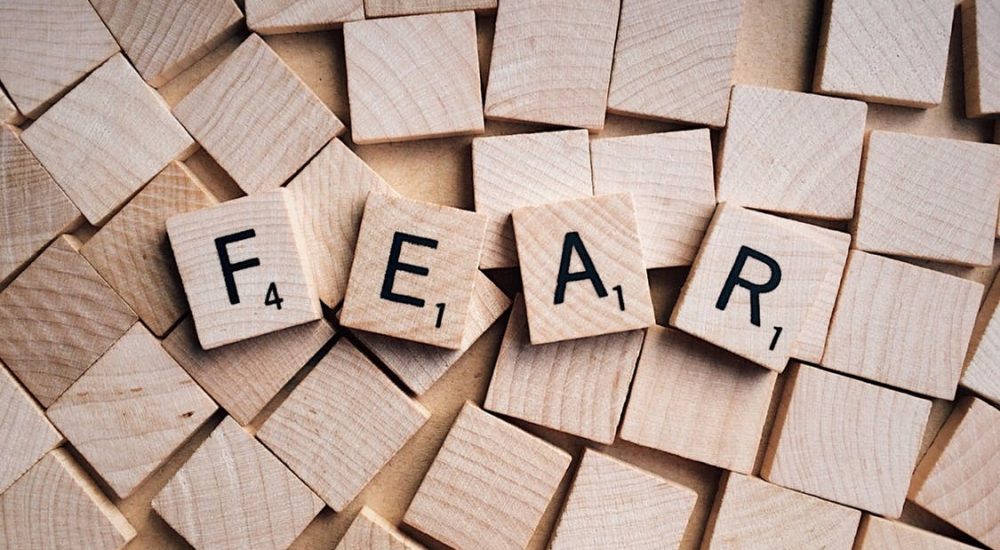I LOVE WORKING AFTER-SCHOOL!! To me, there is nothing like working with students on projects or events that they will remember for their entire lives.
What do we do in after-school? We make memories!! I remember when I was eighteen and had just started working in an after-school program at Gompers Secondary School in one of San Diego’s tougher neighborhoods. I had some of the best times of my life providing those students and that community, awesome experiences through the after-school program. We were game changers. We were the change agents that made the school a fun place to be. I never thought at the time that I would be in an administrative program earning my master’s degree in educational leadership, training to become a principal. What amazes me most from my time working in after-school, whether it be at Gomers, Castle Park Middle, or at High Tech High, is that I learned so many tricks and tools that are necessary to effectively run a school as a principal. But, there’s a problem, I’ve become increasingly worried as we move through this educational uncertainty. I am worried that after-school’s relationship with the core day is becoming more strained than it has in the past.
Fear of Failure
Over the last few years, we have seen education turn schools into factories of students who memorize facts and regurgitate information. Our educational system has valued standardized tests and has deemed its worth, “authentic learning”. At the same time we’ve seen after-schools, for whatever reason bureaucrats will give, turn into compliance wastelands where creativity once thrived. During the core day, we became obsessed with bubbled in test scores and in after-school, we became worried about hours of attendance. In both the core day and after-school, we lost ourselves. We forgot what we are capable of, we forgot our ability to inspire and create change.
It seems as though we became afraid; we became afraid of failure, maybe even our own success. I understand the propensity of individuals to think that I am okay with failure; this is entirely not true. I am merely saying we mustn’t let our fear of failure get in the way of attempting amazing things. We mustn’t let compliance be the driving factor of creating great after-school programs or great schools. There’s an old adage that says, “you miss 100% of the shots you don’t take”, while this is true of basketball, it is also true of many things in life. If we do not attempt to create amazing experiences during the core day and in after-school, we have no idea what greatness we are capable of.
When we strive for compliance and are content with the status quo, we rob ourselves of the very essence of education, creation, and experience.
I would argue that each of you reading this piece learned more from a particular failure in your life than you could ever have learned by someone acknowledging your spectacular paperwork and our efficiency at working to ratio. But this is not a problem that is solely affecting the core day; after-school finds itself in the midst of a struggle. After-school is that alternative student with his tattoos and piercings but finds himself trying to fit in a room that is filled with academics. After-school is faced with a monumental task that, not even the core day could achieve.
After-school has always been seen as the “silver bullet” – what the core day could not achieve in six hours, we had to do in three. But during the last few years, as the core day’s obsession with standardized testing thrived, after-school has become more like the core day and less of itself. After-school has more testing, retesting and creates consumers of content and curriculum, as opposed to creating producers of content. After-school should not become more like the core day; the core day needs to become more like after-school.
The Move to Greatness
When I began working at High Tech High I was exposed to some of the most innovative and creative teaching practices in the country. Our director, Ray Trinidad, cut from the after-school cloth, encouraged us to push the envelope with our instruction and curriculum. Our school was, in essence, built on an after-school model. Create classes that you are excited to teach, have students produce something, and celebrate hard work through culminating events. These methodologies have stuck with me through my journey from after-school coordinator to teacher to administrator and they are a significant reason for my success in each stop along the way.
This is how after-school must be, a place where we are not afraid to fail.
Where we can try new curricula and classes while learning from what works and what doesn’t. After-school must be our educational petri dish where we test new ideas and captivate student imagination. The core day should look to us, as after-school practitioners, and take note. This is what “authentic learning” is; a student who produces a tangible artifact that also exemplifies beautiful work. A song, a comic book, a performance, a mural that inspires change; all done after-school with people who gave them license to be creative and to create.
For education and after-school to really make the move to greatness, it needs to remember its amazing past. Remember the spirit of after-school. It is our mission to serve every student possible and involve them in having the most enjoyable experience of their life. The core day can take these principles and use them to make our schools a more enjoyable place for students to be. But after-school needs to be the model, after-school needs to lead the way. Remember: our job is to make memories, so if it’s not illegal or immoral, try it.
Author Profile: @diegoarancibia
